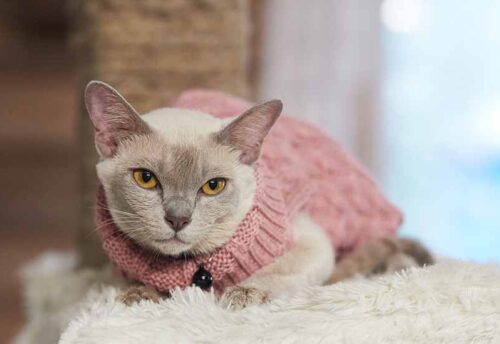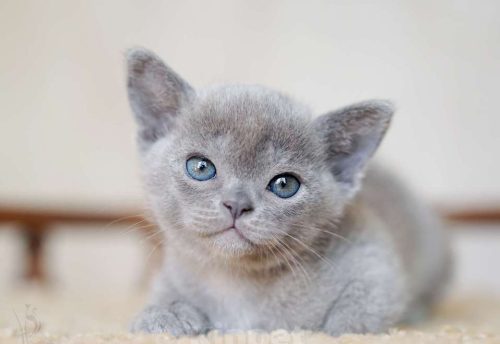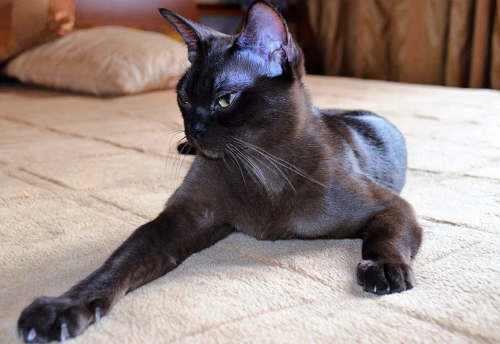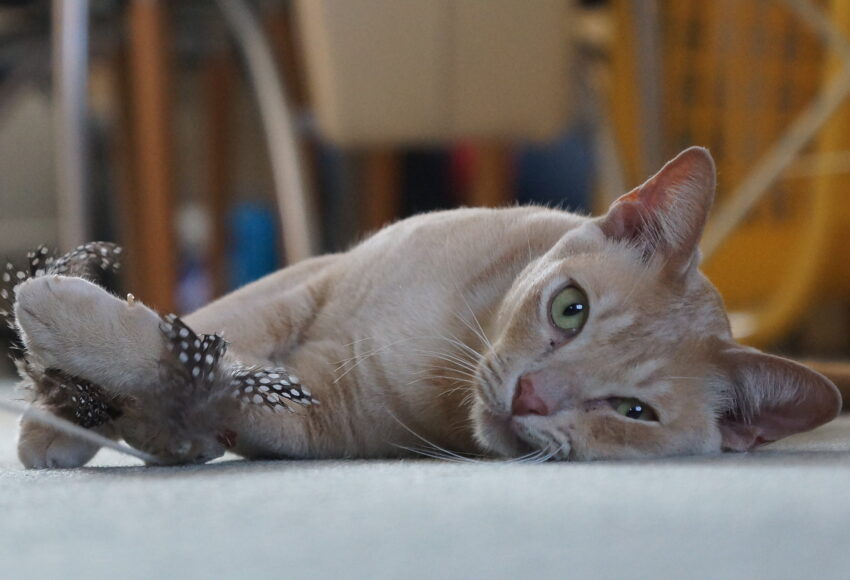
Diseases of Burmese Cats
Burmese cats are known for their robust health, a trait that often leads breeders to use their genetic pool to improve other breeds. However, they do have some vulnerabilities.
Genetic Disorders
Among the hereditary diseases that can affect Burmese cats, the most severe include:
Craniofacial Abnormality: This condition involves various defects in the front part of the skull, such as cleft palate, absence of an eye, hydrocephalus, and jaw misalignment.
Gangliodosis: This disease is characterized by a loss of coordination, paralysis, and ultimately, death. It progresses rapidly, with symptoms appearing from three months of age. Affected kittens rarely live past six months.
Endocardial Edema: This condition occurs in newborn kittens and is indicated by difficulty breathing.
Flat Chest Kitten Syndrome: Symptoms include deformed ribs and sternum in newborn kittens. The disease has two critical phases – on the 10th and 21st days of life. If a kitten with this condition survives beyond three weeks, it has a chance of recovery.
Hypokalemia: This disease presents as lethargy and fatigue. Early diagnosis is crucial because the condition can lead to paralysis. Treatment involves supplementing the diet with potassium.
Other genetic diseases in Burmese cats include excessive tearing, congenital vestibular syndrome (which impairs coordination and can cause blindness), and diabetes, which is relatively common in older cats.
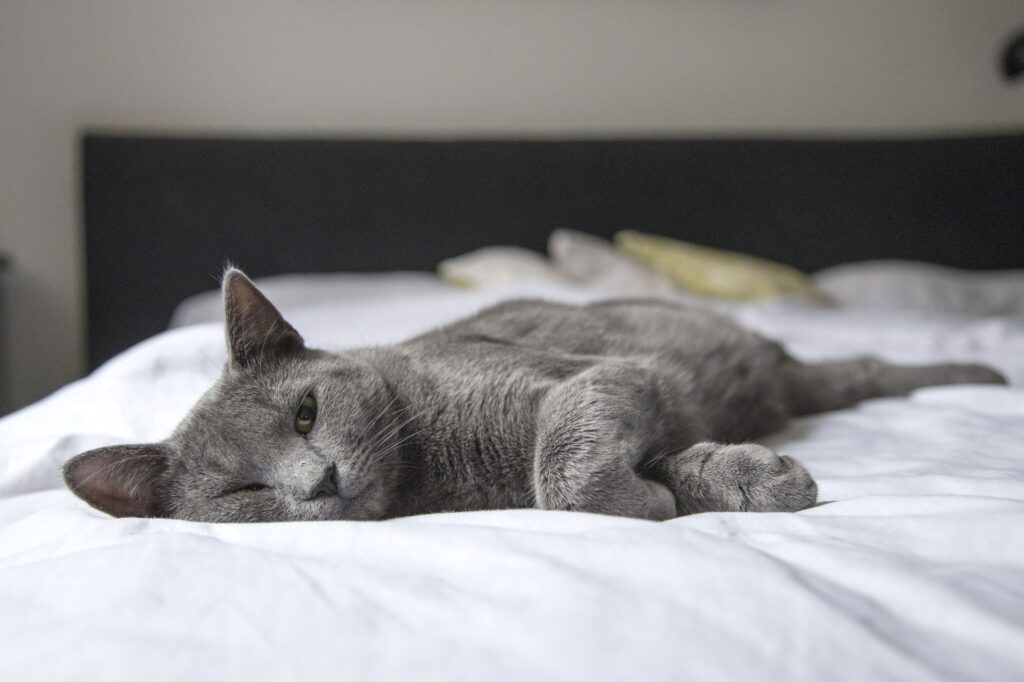
Other Health Issues
In addition to genetic problems, Burmese cats are prone to the following conditions:
- Periodontitis and Gingivitis: Proper dental care is essential for these cats.
- Liver and Kidney Disorders: These include stones, renal insufficiency, nephritis, and hepatic lipidosis.
- Eye Problems: Burmese cats can suffer from cataracts, glaucoma, and keratoconjunctivitis.
- Demodicosis: A skin condition caused by mites.
- Psychogenic Alopecia: Hair loss due to excessive grooming, often linked to stress.
- Lower Urinary Tract Diseases: These include infections and bladder stones.
Burmese cats are also prone to orofacial pain syndrome, which manifests as pain in the jaw and teeth, causing the cat to bite its own paws. Fortunately, this discomfort typically lasts a few days, rarely extending up to two weeks.
Important Care Considerations
Due to the anatomical feature of having a shortened nose, Burmese cats are less effective at warming the cold air they inhale, making them more susceptible to colds. Owners should protect them from drafts and sudden temperature changes.
To maintain their health, regular veterinary check-ups are essential, along with home inspections. Annual vaccinations and deworming every three months are crucial. Ensuring a warm environment and avoiding exposure to cold is vital for their well-being.
For more information, contact the “Via Emilia” cattery for consultation.




